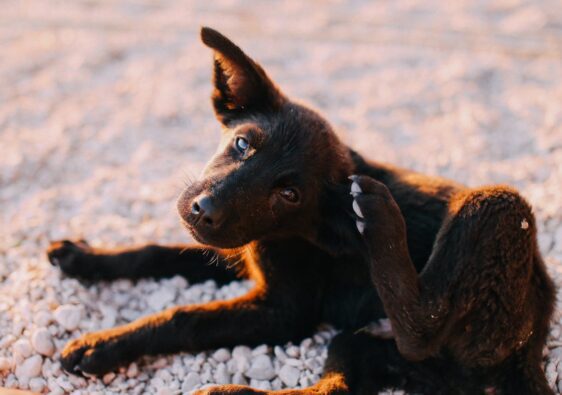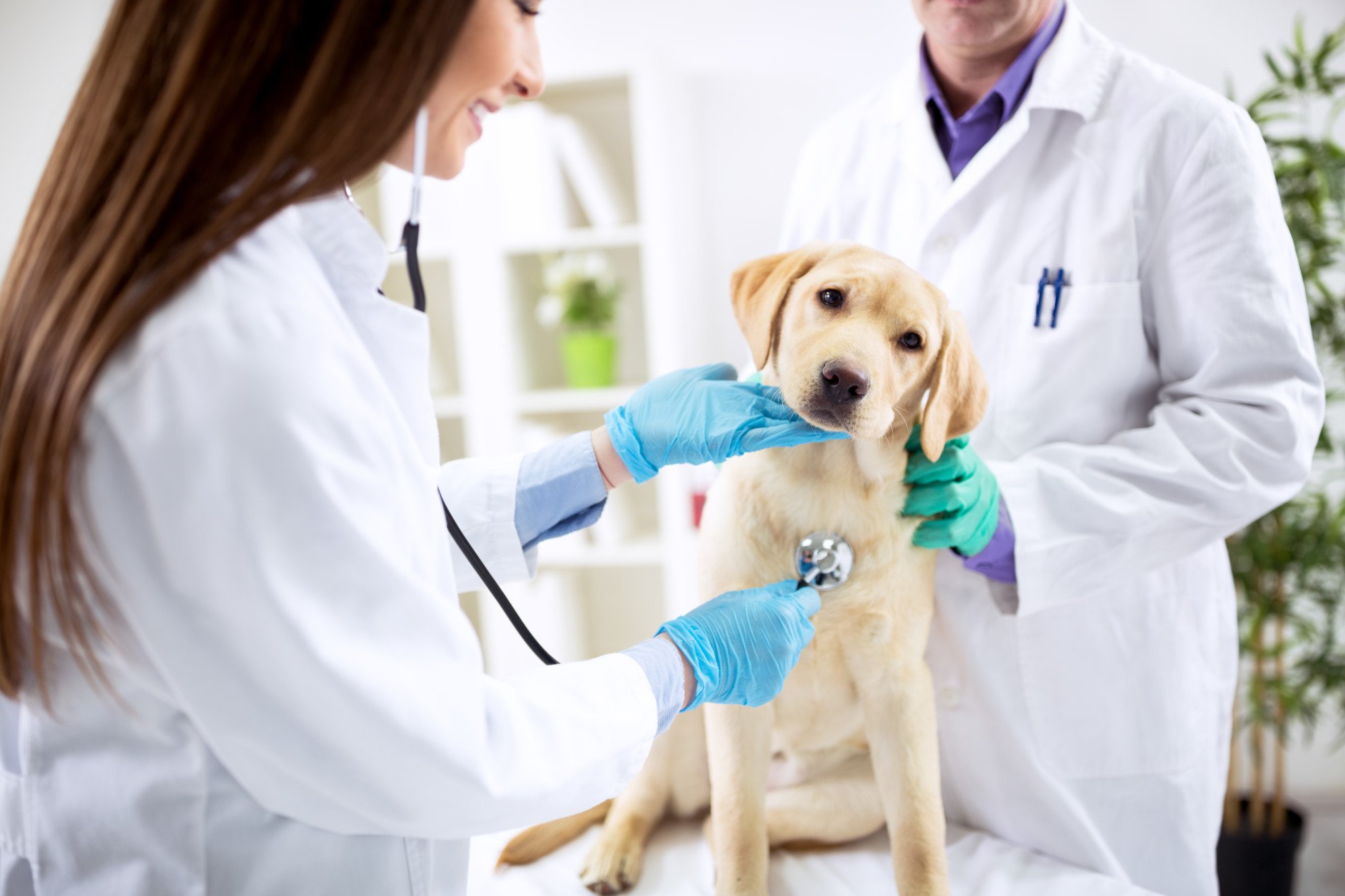Adopting a new pet can be one of the most exciting, rewarding decisions you ever make. But before your furry friend comes home with you, it’s important to ensure that your house is safe and secure for them – just like they’d have plenty of space to run around outside an animal shelter! A secure home means more than just having somewhere quiet and comfortable to relax; it also covers vital things such as keeping hazardous items away from little paws, providing a safe activity area, and ensuring there are no possible escape routes for adventurous dogs. In this blog post, we’ll show you how you can easily adapt your house for a new pup by taking into account both safety considerations as well as creature comforts. Read on and start getting ready to welcome your four-legged companion!
Have the Dog Inspected and Vaccinated
Before bringing home a new pup and having them become part of your family, it’s important to ensure that they are healthy! It’s best to have your new pup inspected and vaccinated by a veterinarian prior to bringing them home. This allows for the quick detection of any illnesses or parasites that the puppy might be carrying so you can get them treated right away and make sure your new dog is starting off on the right paw. The health and safety of both your pup as well as other house pets or family members should always be a top priority. Taking extra steps to make sure they’re healthy before they come home is simply good practice!
Puppy Proof Your Home
A new pup coming into the fold is an exciting event in any home–but before you let them have free rein of your living space, it’s important to puppy-proof your house first. Take a look around for items that can be chewed on or otherwise damaged by little teeth and remove or place them out of reach. Check for objects and plants which may be hazardous and make sure they’re removed from their immediate vicinity – doggy playtime should always be enjoyable but above all safe and secure! Adequately preparing beforehand will ensure that your puppy and family can both relax in their new environment without the worry of any unexpected surprises. Whether it’s Jack Russell pups or a Labrador Retriever, it’s important to be aware of their size and activity levels when assessing the level of puppy proofing your home requires. This will help ensure that there are no possible escape routes or hazardous materials laying around that could cause any harm.
Provide an Enclosed Activity Area
Once you’ve made sure that your house is safe for a new pup, it’s time to provide them with a designated activity area. This could be anything from a large crate or playpen to an entire room. The main purpose of the area should be for your pup to have plenty of space to explore, play, and spend time with their new family. Make sure that the area is well-ventilated and free from any hazardous items such as cords or toxic plants. This will help keep your pup safe while also allowing them to get used to their new home. When your pup feels comfortable and secure in its designated activity area it will be more likely to settle in and bond with the family.
Invest in Quality Toys
As you welcome a new pup into the home, be sure to invest in quality toys of the appropriate size and breed. This will ensure that your pup has toys they enjoy while reducing the risk of them destroying or swallowing something they shouldn’t. Chew toys are especially important because they not only help keep your pup occupied but also strengthen their gums and teeth and prevent boredom-based chewing behavior. Furthermore, puzzles can challenge your pup both mentally and physically, helping to keep them happy and alert. Investing in quality toys will mean more joy for you, your pup, and your home. When choosing toys, be sure to take into account your pup’s individual size and chewing preferences.
Designate a Safe Space
When you bring a new pup into your home, it’s important to create an area just for them. Designating a safe space will give them somewhere familiar they can retreat to when feeling overwhelmed or uncertain. This space should include a bed, blanket, or cardboard crate––whatever gives your pup the best sense of security in their new environment. It can also be helpful to introduce calming activities in this space such as gently brushing your dog or giving light ear scratches. Letting our pup know that this is their own personal space will help them feel comfortable and secure as they transition into life with you! It will also make it easier to teach them boundaries as they learn what behavior is and isn’t acceptable in your home.
Prepare for Unavoidable Accidents
It’s important to remember that accidents happen, even when you do everything possible to prepare for a new pup. It’s best to expect the unexpected and be prepared for any messes your pup may make. Stock up on pet-friendly cleaning products and supplies so you can quickly and easily clean up any accidents that occur. Be sure to also have a potty training plan in place so you can communicate boundaries to your pup and teach them how and when to eliminate in the appropriate areas.

Adapting a home for a new dog can be a thrilling but also a daunting task. As the lucky human, you are responsible for not only providing your pup with the basics such as shelter and food but encouraging the pup to become acclimated with their new environment. By following these steps on how to adapt a house for a new dog, you can ensure that your pup’s transition is smooth and successful. From having the pup inspected and vaccinated to investing in quality toys and setting up no-go zones, there are many ways that you can give your adorable four-legged family member a happy and safe home. Moreover, getting them involved in activities can help build trust and foster good relationships between you, their fur-ever family! Finally, take time to enjoy your relationship with your pup; this requires patience but will reward you and your pup with loyalty and love for years to come.



